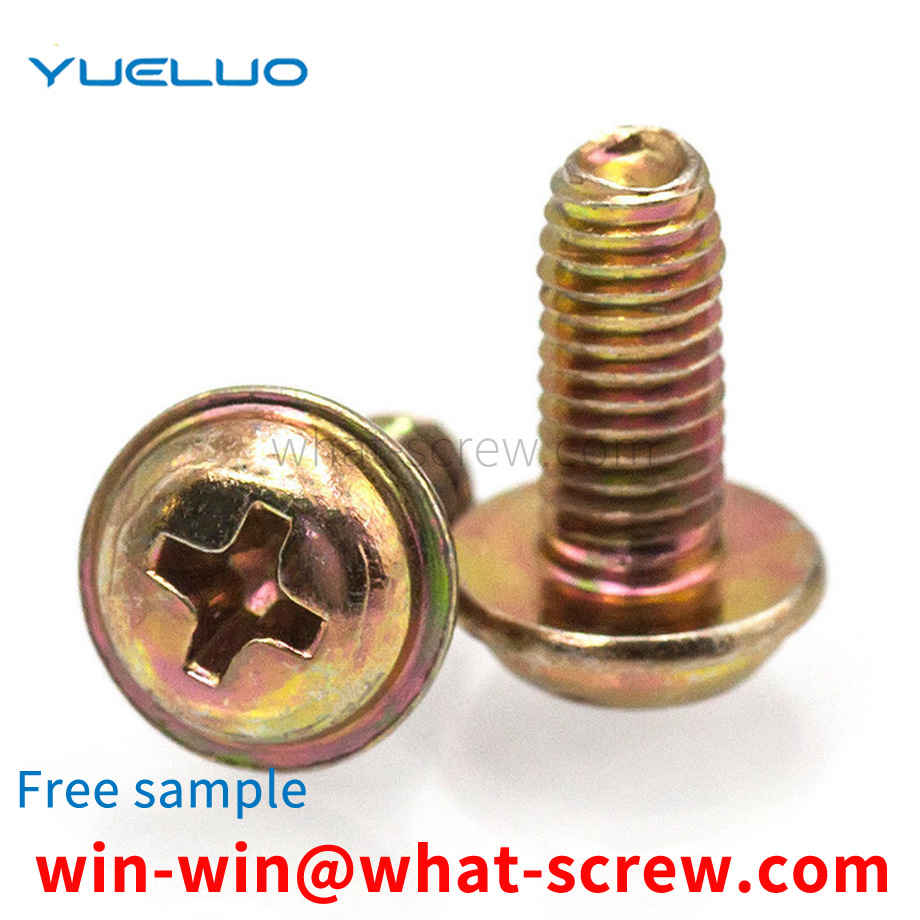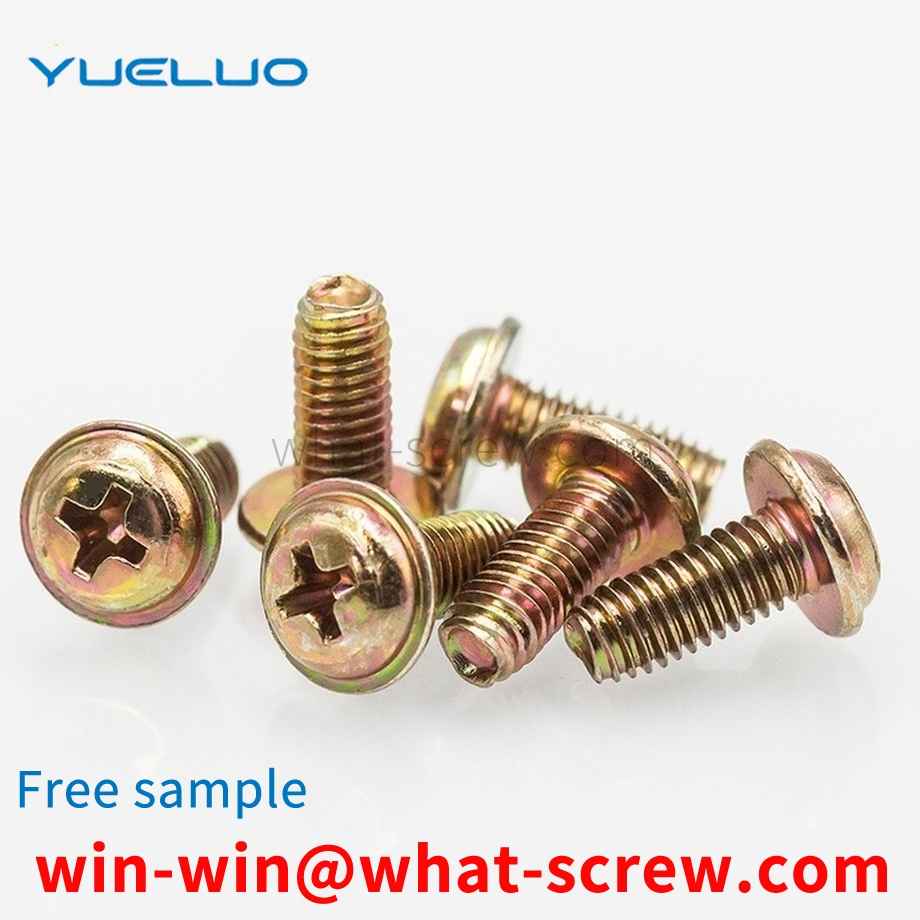At present, in the process of injection molding, stamping, testing, etc., the product is usually positioned on the mounting plate or the positioning plate by pins. The general pin positioning method uses cylindrical pins with the same cross-sectional diameter for positioning. Because the product is easily deformed during processing, the pin positioning hole on the product is also deformed. With this kind of pin for positioning, the pin is often stuck. Dead products cause inconvenience in handling the workpiece, resulting in broken pins or scratched or even damaged products, with obvious defects.
The production of stud bolts requires fixed equipment and machine tool processing. Of course, the processing procedure is relatively simple. There are mainly the following procedures: first, the material needs to be pulled out. After this process, the next process can be carried out. The next process is to use a cutting machine to cut the straight and long material into the length required by the customer according to the customer's requirements. This completes the second process. The third process is Put the cut short material on the thread rolling machine and roll out the thread; the ordinary stud bolts are processed here, of course, if other requirements are required, other processes are required. [1] The commonly known bolt refers to the screw with a larger diameter. According to this statement, the diameter of the screw is much smaller than that of the bolt. Stud bolts do not have a head, and some are called studs. Both ends of the stud are threaded, with no thread in the middle and a smooth rod in the middle. Studs are used on large equipment such as gear racks. In actual use, the external load will have vibration and the influence of temperature will reduce the frictional force, and the threaded connection will loosen and fail over time. Therefore, it is necessary to do a good job in the maintenance of the stud bolts at ordinary times. Stud bolts or anchor bolts will have problems under the action of mechanical friction for a long time. When problems occur, the engine oil pan should be removed, and the use of the engine bearing bushes should be carefully checked, and the clearance between the bearing bushes should be checked. Whether it is too large, if the gap is too large, it should be replaced in time. When replacing the stud bolts, also replace the connecting rod bolts. When some large equipment such as nail making machines are in normal operation, if they find that the engine is not running very stable or there is abnormal noise, they should stop and check in time to avoid bigger problems. [1] In each maintenance, the newly replaced stud bolts and other accessories should be inspected. During the inspection, the focus should be on the head and guide part of the stud bolt. Whether there are cracks or dents in each part, and also check whether the tooth shape of the stud bolt has changed. Is there any abnormality in the thread pitch? If there is any abnormality, it must not be used again. A torque wrench should be used when installing the connecting rod cover. It must be tightened according to the specified standards, the torque should not be too large or too small, and attention should be paid to selecting the stud bolts and studs of the supporting manufacturer.
It can be seen from the figure that no matter how the screw core swings, it will not fall off from the screw sleeve. This is because part of the bead 5 is stuck in the hole 6 of the screw sleeve 1 and the other part is stuck in the screw core 2. In the groove 8, it plays the role of positioning. If the screw sleeve rotates clockwise, the beads 5 can only slide in the groove 8 of the screw core 2 under the driving of the screw sleeve 1 and cannot drive the screw core 2 to rotate. If the screw sleeve 8 rotates in the opposite direction, the bead 5 will be stuck on the stop 7 of the screw core 2 so as to drive the screw core 2 to rotate.
The main purpose is to make industrial products form a fixed one. In use, it often occurs that the teeth cannot be closely attached, and the screw heads are broken if they are locked too hard, or the teeth are not locked tightly and fail to meet the conditions of use, all of which are accuracy problems. . Screws are mass products, not hand-made works of art. In mass production, they are supplied to consumers in order to achieve high precision, stable quality and popular prices. The accuracy of screws is usually 6g (class 2, the American standard IFI is 2A teeth), and the rough screws used in construction projects are 8g (class 3, IFI is 1A teeth). Common types of screws Screw A: Machine Screw: Machine screw B: Tapping Screw: Self-tapping screw (for metal and plastic) B-1: Sheet Metal Tapping Screw. (Iron die self-tapping screw) B- 2: Plastic Tapping Screw. (for plastic, self-tapping screw) C: Wooden Screw : Woodworking screw D: Drywall Screw : Cement wall screw E: Self Drilling Screws (stainless steel drilling screw, composite material drilling screw) F : Expansion screw, four-piece expansion screw, also known as: four-piece gecko. The grades of expansion bolts are divided into: 45, 50, 60, 70, 80. Materials of expansion screws: mainly austenitic A1, A2, A4, 1 stainless steel plate, metal steel plate, galvanized steel plate, engineering installation. 2. Indoor and outdoor installation of metal curtain wall and metal light compartment. 3 Generally, angle steel, channel steel, iron plate and other metal materials are combined for installation. 4. Assembly engineering of car boxes, container boxes, shipbuilding, refrigeration, screw machine equipment, etc. Features: 1. Drilling and tapping, locking is completed at one time, and the bonding force is strong. 2. Save construction time and improve work efficiency. E-1:STAINLESS STEEL SELF DRILLING SCREWS E-2:Bi-Metal Self Drilling Screws Common materials of composite drilling screws a.Low Carbon Steel: carbon steel carbon steel is divided into low carbon steel, medium carbon steel, high Carbon steel and alloy steel. b. SS-304: Stainless Steel 304 and 316 belong to stainless steel c. SS-302: Stainless Steel 302: better structural toughness d. Aluminum 5052: Aluminum alloy 5052 d. Brass: Brass e. Bronze: Bronze f . UNS C11000 Copper: Antimony Copper
The existing machine screw structure is not conducive to assembly and automated production. The machine screw is in the form of a cylinder, the outer surface of the cylinder is provided with threads, and one end of the machine screw is provided with a notch. During installation, it is convenient to rotate the machine screw by the tool acting on the notch, so that the machine screw all enters the threaded hole and does not occupy the external space. However, the thread on the outer surface of the machine screw corresponding to the slot is easily deformed or scratched due to the external force of the tool and the threaded hole, which makes it difficult to screw in or disassemble, and reduces the versatility and interchangeability. affect product quality.
We have many years of experience in the production and sales of screws, nuts, flat washers, etc. The main products are: pressure riveting pressure plate nuts, inch flat washers, fine adjustment screws, complete bolts and other products, we can provide you with suitable fastener solutions for you .



















 Service Hotline
Service Hotline




